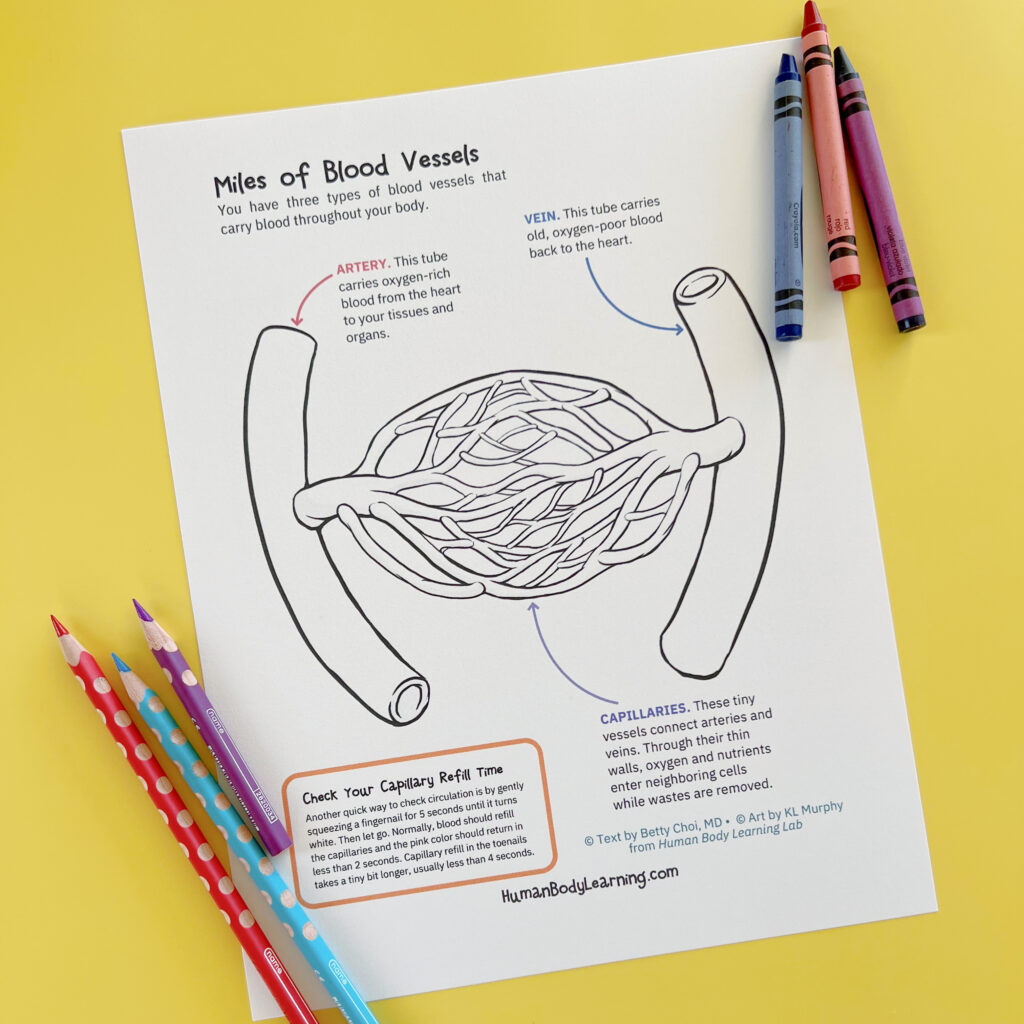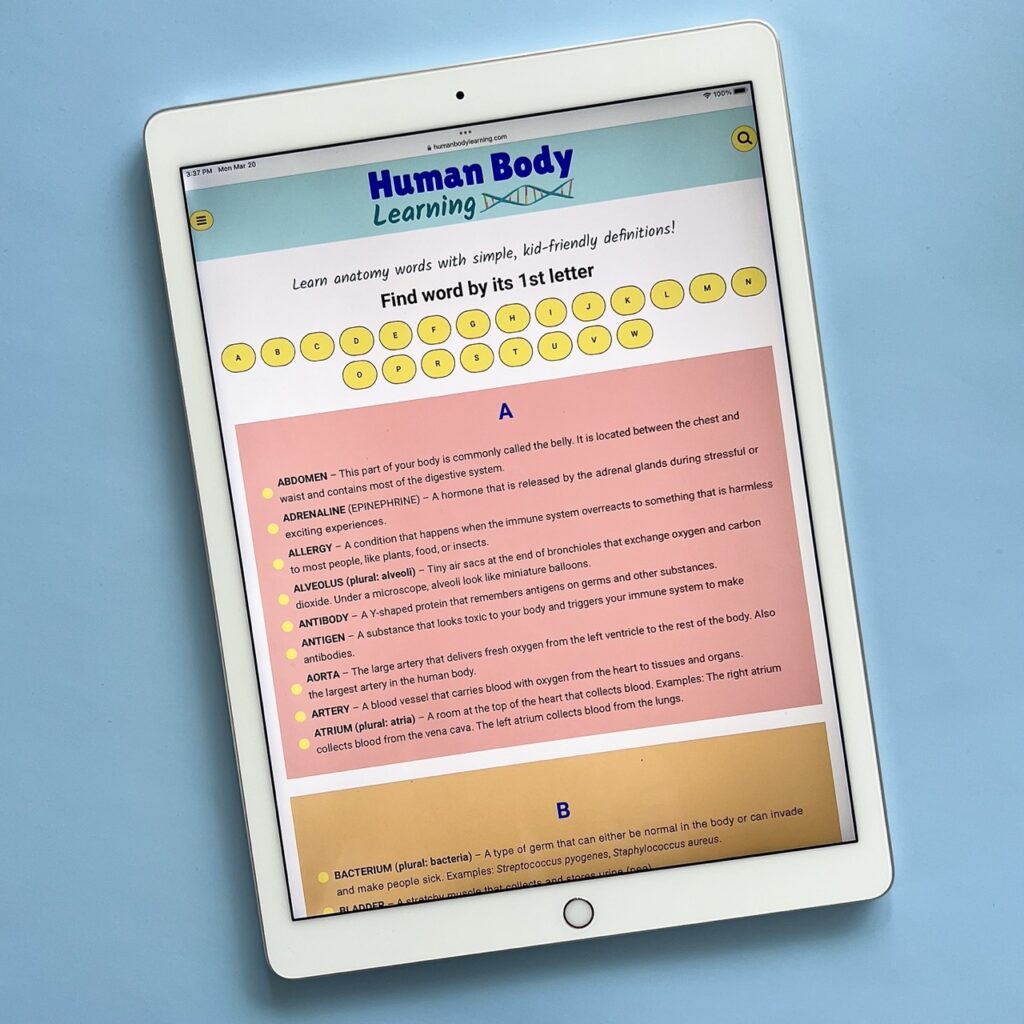8 Fun Facts About Blood Vessels

Did you know your body has 60,000 miles of blood vessels? These important tubes act like highways, carrying oxygen and nutrients in your blood to every cell in your body from head to toe. Get ready to learn many more fun facts about blood vessels!
Basic facts about blood vessels
Your amazing body has three types of blood vessels: arteries, veins, and capillaries.
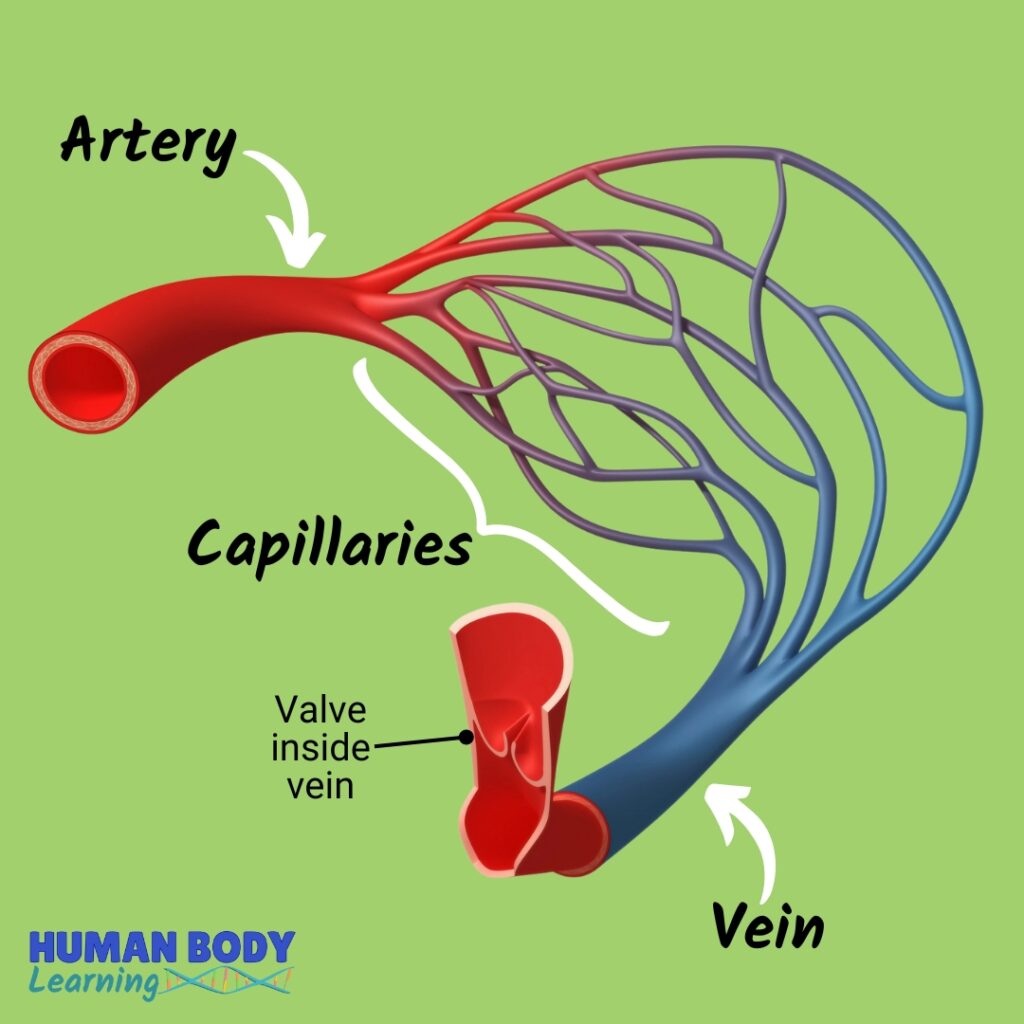
Arteries
Arteries are the thickest type of blood vessel. These vessels carry blood from the heart to other parts of the body.
Because arteries have lots of fresh oxygen, they are usually shown as red squiggly lines in human body diagrams.
Veins
Veins are a little thinner than arteries. These vessels carry blood from parts of the body back to the heart.
Because veins have less oxygen, they are usually shown as blue squiggly lines on human body diagrams. Veins also have valves to prevent blood from flowing backward.
Capillaries
Capillaries are the tiniest vessels with very thin walls.
Because these vessels connect arteries and veins, they are usually shown as purple squiggly lines on human body diagrams.
Fun facts about blood vessels for kids
Here are some interesting blood vessel facts that might surprise you and your friends!
Fun fact #1: Blood never stops flowing.
Thanks to your pumping heart, blood constantly flows through your body, even when sleeping or doing a headstand.
The heart can pump about 1.3 gallons (5 liters) of blood around the body in just one minute.
Fun fact #2: Blood vessels are extremely long.
If your 60,000 miles (100,000 kilometers) of blood vessels were laid end-to-end, they would wrap around the Earth twice!
Fun fact #3: They dance to the beat.
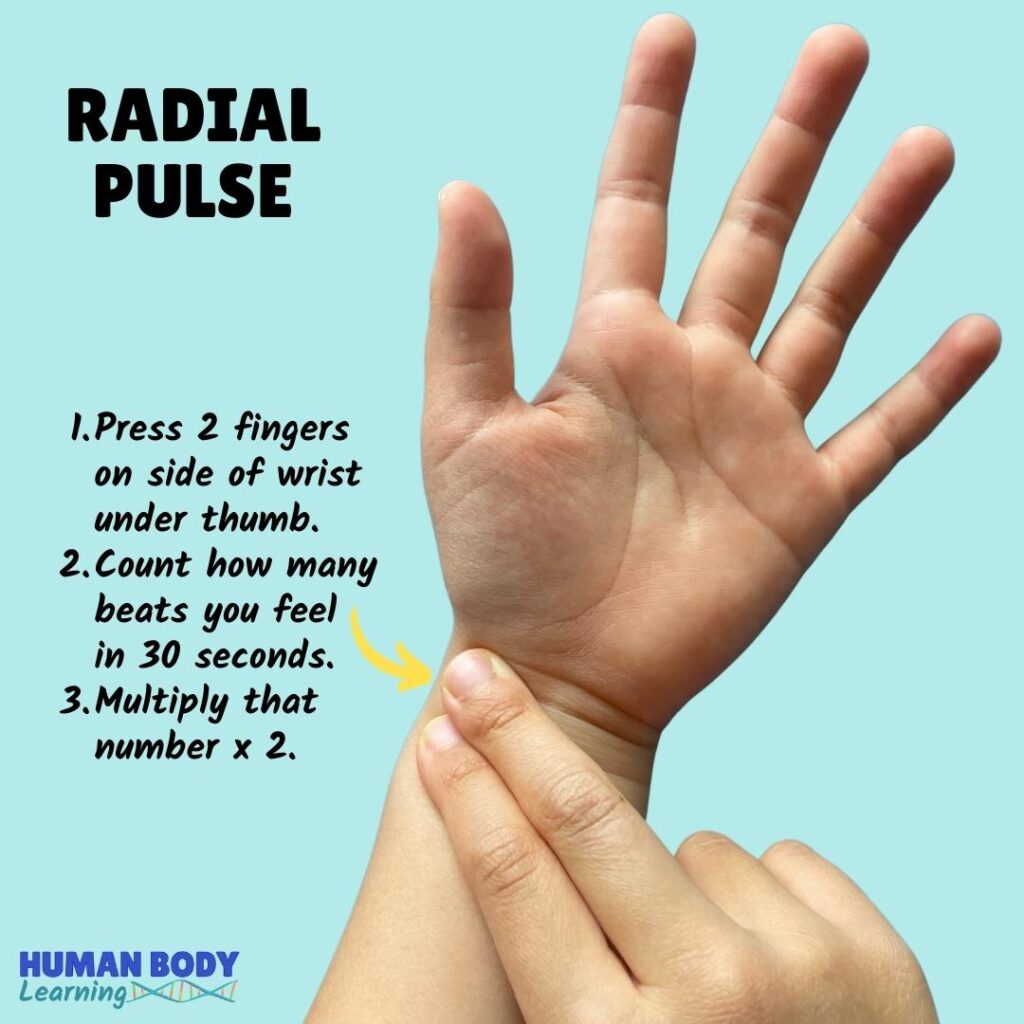
Ever felt your pulse by putting your fingers on your wrist?
That’s the beat of your heart pumping blood through your arteries.
The pulse you feel is like a dance, a steady rhythm that can change with exercise, excitement, or even fear. It’s your body’s way of telling you that blood is flowing.
Explore this fun fact about blood vessels by dancing and checking your pulse after!
Fun fact #4: Blood is not blue.
Have you noticed that blood vessels in people with light-colored skin have a bluish hue?
What you’re seeing are veins near the surface of your skin. But veins aren’t blue! The color you see is an optical illusion of light reflecting off your top skin layers.
Instead, the veins have dark red blood, while arteries have bright red blood.
Why is the blood in arteries a more vibrant red color? You can thank a special protein called hemoglobin. Hemoglobin acts like a delivery truck, carrying oxygen inside arteries.
Fun fact #5: Most blood tests use the veins.
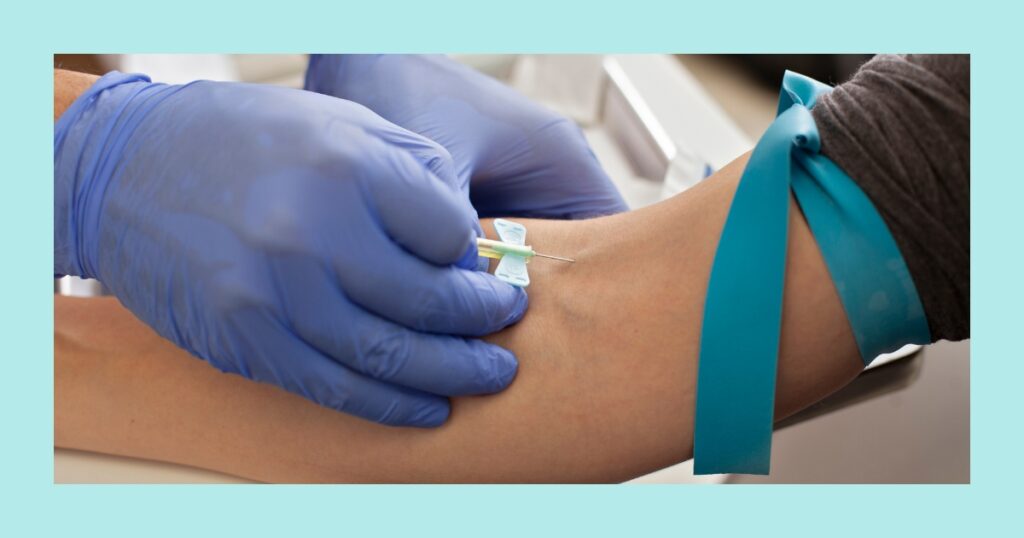
When doctors do blood tests to check your health, where does the blood come from? Most of the time, blood is taken from a vein in your elbow crease.
Compared to arteries, veins are closer to the top layer of your skin, making them easier to reach with a needle.
Fun fact #6: Two blood vessels are supersized.
The aorta is the largest artery in the body because it’s directly connected to the heart.
The vena cava is the largest vein in the body because it’s directly connected to the heart.
Fun fact #7: Most blood vessels are tiny.
Most of your circulatory system is made of capillaries, the smallest type of blood vessel.
Fun fact #8: They help you make pee.
Here’s another fun fact that might surprise you: blood vessels help you make pee!
When blood vessels flow through your kidneys – the bean-shaped organs in your belly – the kidneys get rid of garbage from your blood into your pee. Then, it leaves your body when you go to the bathroom.
Learn more fun facts about the human body
Published on December 1, 2021. Updated on January 18, 2024 by Betty Choi, MD
Published on December 1, 2021. Updated on January 18, 2024 by Betty Choi, MD

Betty Choi, MD
Dr. Betty Choi is a Harvard-trained pediatrician who makes learning fun and doable. She created the kids’ anatomy book Human Body Learning Lab, which Science Magazine recommended as a “notable standout in the genre.”

